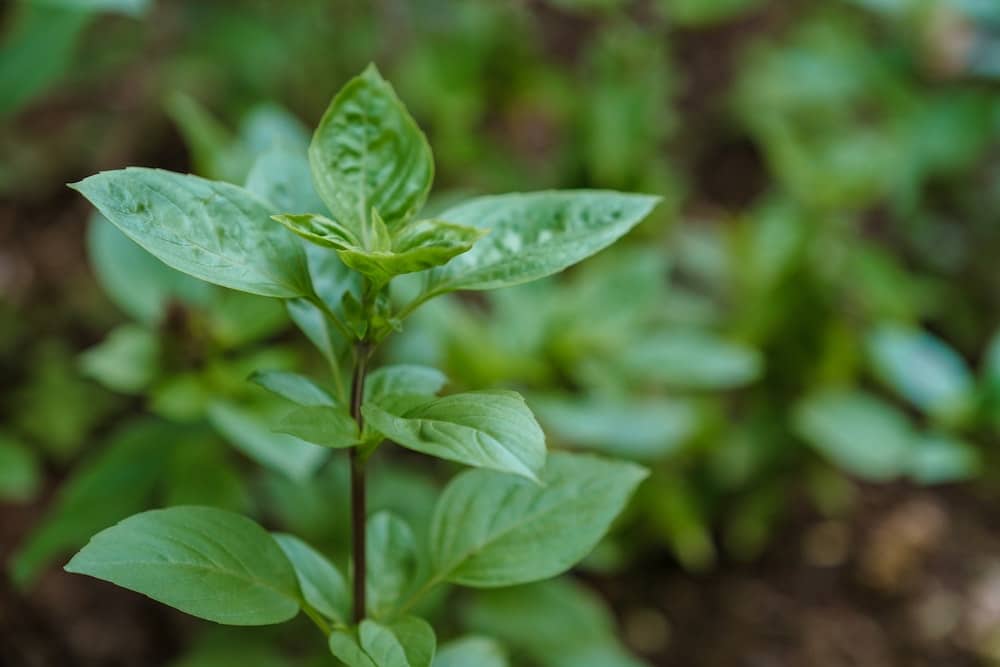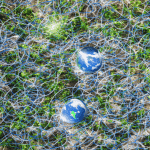In the contemporary era of urbanization, designing and developing real estate projects have become an essential part of city planning. But with this development, the natural environment often pays the price, with unprecedented impacts on local biodiversity and ecological value. Yet, it doesn’t have to be that way. Real estate development can co-exist harmoniously with the environment, preserving and even enhancing local biodiversity. It’s all about sustainable development, green building designs, and responsible estate planning with a focus on environmental sustainability. Let’s explore how real estate developers can contribute to protecting the environment while simultaneously reaping financial gain by incorporating sustainable practices into their projects.
Sustainable Development and Biodiversity
Sustainable development is not just about meeting the needs of the present without compromising the ability of future generations to meet theirs, but also about preserving and enhancing local biodiversity. Biodiversity is the variety of life in a particular habitat or ecosystem, and it’s vital for ensuring the health of our planet.
Sujet a lire : What are the best practices for acoustically designing mixed-use real estate to minimize noise pollution?
The real estate industry can play a significant role in promoting biodiversity through sustainable development. Developers are in a unique position to create habitats within their real estate projects that support a wide range of species. This can be achieved through various techniques, such as incorporating green spaces into the design of developments, using native plants in landscaping, and creating habitats like wetlands or birdhouses within the property.
By doing so, developers not only contribute to environmental sustainability but also increase the aesthetic appeal and value of their properties, leading to a potential financial gain.
Cela peut vous intéresser : How can real estate developments integrate community agriculture and food systems for local sustainability?
Green Building Design
Green building design is a key component of sustainable real estate development. By focusing on energy efficiency and minimizing the environmental impact, green building design can significantly enhance local biodiversity.
Many developers are now turning to green building practices, which involve the use of energy-efficient materials and methods during construction. This not only reduces the environmental impact of the building process but also results in properties that require less energy for heating and cooling, leading to lower energy costs for property owners.
In addition, green buildings often incorporate features that support local biodiversity, such as green roofs and walls, rainwater harvesting systems, and landscape designs that attract wildlife. These features can significantly improve the ecological value of a property, making it more attractive to potential buyers and enhancing its overall value.
Environmental Planning
Environmental planning is a crucial part of real estate development that focuses on minimizing the impact of development on the environment. By considering the environmental impact of a project from the outset, developers can design and build properties that enhance, rather than harm, local ecosystems.
This involves assessing the potential impacts of a project on local wildlife, water sources, and vegetation, and taking steps to mitigate these impacts. For example, developers can work with environmental consultants to conduct assessments of the site before construction begins, identifying potential impacts and developing strategies to avoid or mitigate them.
Environmental planning also involves working with local communities to identify their concerns and incorporating their feedback into the design and development process. This can result in projects that not only enhance local biodiversity but also meet the needs and expectations of the local community, leading to better outcomes for both the developer and the community.
Sustainable Practices in Property Management
Real estate development doesn’t stop when the building is complete. Property management is a vital part of maintaining the sustainability and biodiversity of a development.
Sustainable practices in property management involve maintaining the green features of a property and promoting biodiversity. This can include practices such as utilizing eco-friendly cleaning products, implementing waste management plans, and maintaining landscapes in a way that supports local wildlife.
By engaging in sustainable property management, developers can ensure that their properties continue to contribute to local biodiversity and ecological health long after construction is complete. This not only benefits the environment but can also enhance the value of the property and attract tenants or buyers who are interested in sustainable living.
The Role of Net Gain in Development Projects
Net gain is a concept that encourages developers to aim for a net positive impact on biodiversity through their projects. This involves enhancing local biodiversity to a greater extent than any damage caused by the development.
The concept of net gain can serve as a powerful tool in sustainable real estate development. By striving for a net gain, developers can demonstrate their commitment to environmental sustainability and contribute to the long-term health of local ecosystems.
Incorporating net gain into a development project can involve a range of strategies, from designing buildings that provide habitat for local wildlife to restoring damaged ecosystems as part of the development process. By doing so, developers can not only enhance the ecological value of their properties but also potentially increase their financial value by attracting buyers or tenants who value sustainability.
In conclusion, real estate development has the potential to significantly impact local biodiversity and ecological health. By incorporating sustainable development practices, green building design, environmental planning, sustainable property management, and the concept of net gain, developers can design and build projects that enhance, rather than harm, local biodiversity. This not only benefits the environment but can also lead to significant financial gain for developers.
Advanced Techniques for Enhancing Biodiversity
Advanced techniques can significantly enhance the overall biodiversity and ecological value of a real estate project. These techniques may include the use of advanced technology, innovative design concepts, and a deep understanding of local ecosystems.
One such technique is the use of Geographic Information System (GIS) technology in the planning and design phase. GIS can help developers identify sensitive ecosystems, track changes in biodiversity, and predict potential impacts of development. This enables them to make informed decisions about land use and design elements, leading to developments that are more harmonious with the environment.
Another innovative design concept is the implementation of biophilic design. This approach integrates nature into the built environment, creating spaces that enhance human well-being and biodiversity. It may include elements such as natural lighting, use of natural materials, and indoor plants. Biophilic design could attract a wide range of species, therefore, contributing to local biodiversity.
Finally, understanding the local ecosystems at a deeper level can lead to better decision-making during the design and development process. For instance, developers may choose to preserve certain areas of natural habitat, incorporate native plants into landscaping, and create features that mimic natural ecosystems, such as rain gardens or bioswales.
Ecological Offsetting
Ecological offsetting is a strategy where developers compensate for the environmental impacts of a development by investing in conservation projects elsewhere. This strategy can be an effective way to enhance local biodiversity and meet sustainability goals.
While the primary goal of any development should be to avoid damaging impacts on biodiversity, it is sometimes inevitable. In these cases, ecological offsetting can provide a solution. Developers can invest in projects that restore habitats, protect endangered species, or support ecological research.
By investing in ecological offsetting, developers can demonstrate their commitment to sustainability and biodiversity protection. It can also enhance their reputation among potential buyers or tenants, who increasingly value companies that take their environmental responsibilities seriously.
In conclusion, real estate developers have a significant role to play in enhancing local biodiversity and ecological value. By implementing advanced techniques and ecological offsetting strategies, developers can minimize the environmental impact of their projects and contribute to the preservation and enhancement of biodiversity. While these practices may require additional investment, they can also lead to financial gain in the long run, as sustainable and biodiversity-friendly developments become increasingly attractive to buyers and tenants. The future of real estate development lies in finding the balance between human needs and the health of our planet’s ecosystems.










